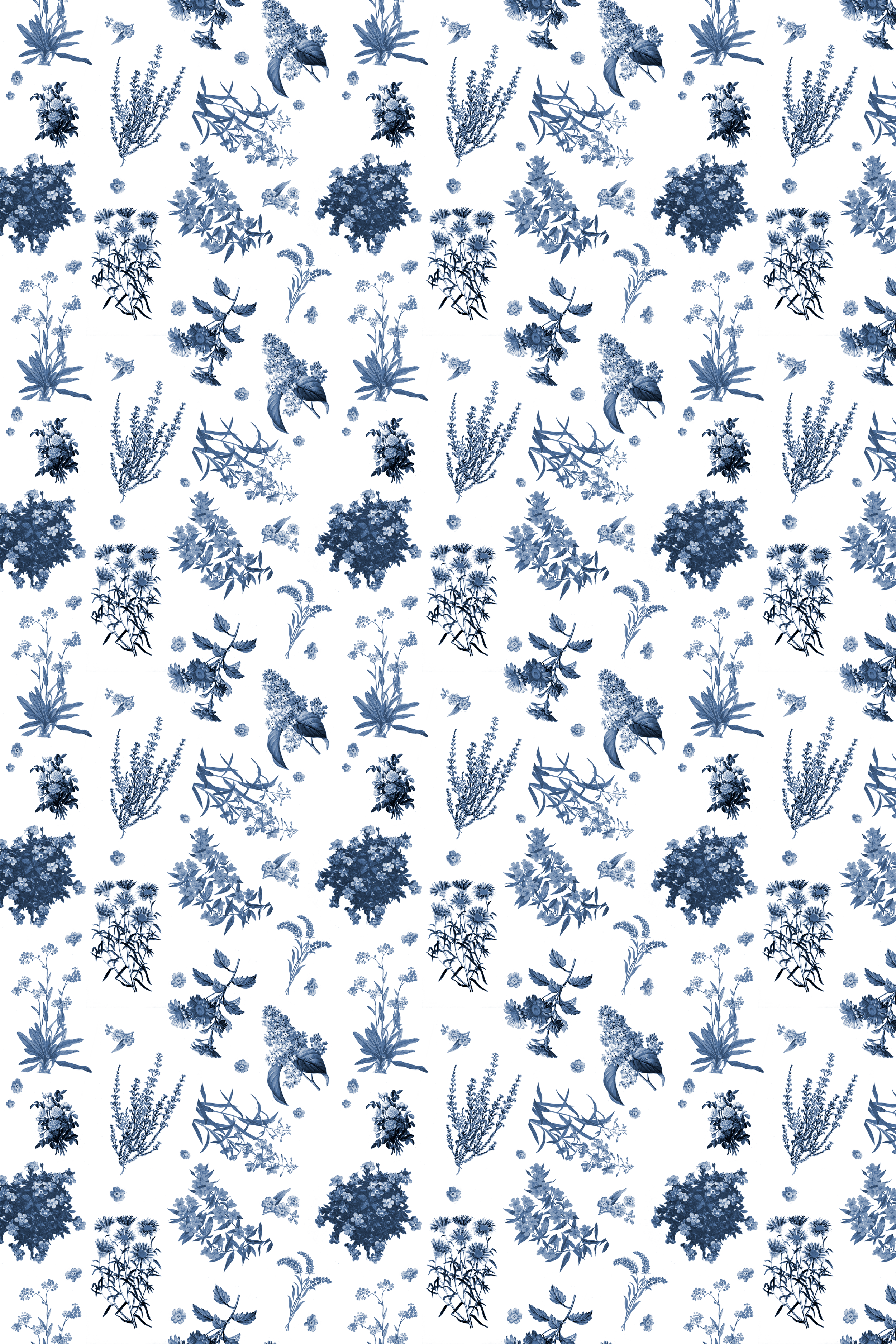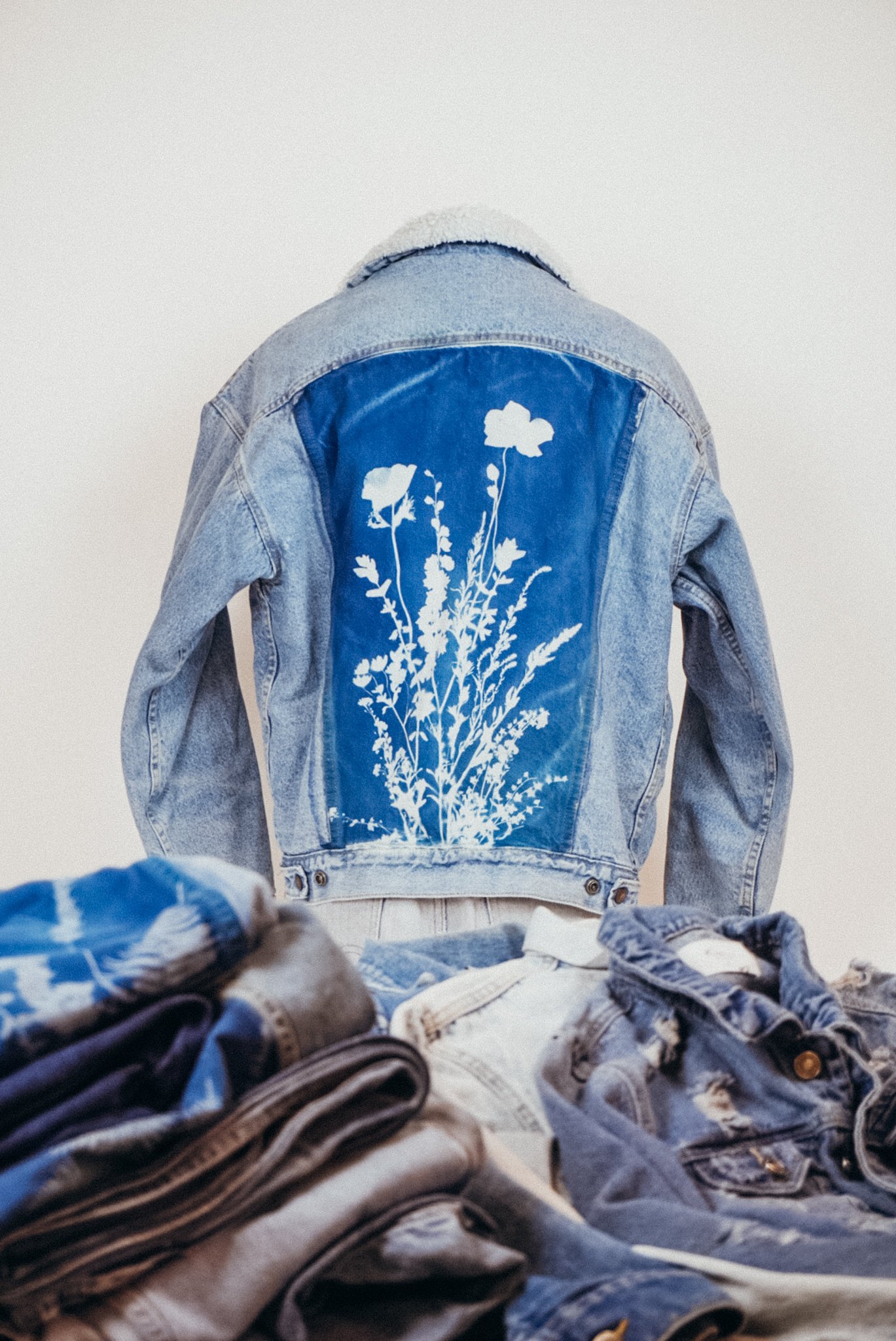

Care & Washing Instructions
These handmade items need special care & love. By following a few simple tips, you can extend the life of your garment's vibrant print. Handle it with the tenderness it deserves.
Keep washing to a minimum if possible.
Turn your item inside out to protect the print while hand washing your item, washing machines often have residues of cleaning products that will bleach your image. Use a phosphate-free liquid soap. All-natural soaps like Dr. Bronner’s castile soap, or Ecomax Natural orange laundry wash are safe to use.
Avoid the use of borax, Oxyclean, washing soda, powdered detergent or soaps, baking soda, any form of washing salts, or bleach. The application of these cleaning agents may alter the color and diminish the vibrancy of the print.
Air dry or tumble alone on low heat. Do not dry in direct sunlight.
Overwashing may cause the print to fade. If fading occurs over time, washing the print in a dilute bath of hydrogen peroxide can usually restore it to its original intensity.
Just like a good pair of vintage jeans, natural dye will change over time. I encourage you to embrace the ever-changing shades it brings. Though the colors may shift and blend like a mesmerizing watercolor painting, it's a testament to the living essence of the dye.
Use care while handling cyanotype prints, as sweat and hand oils may also cause discoloration.



